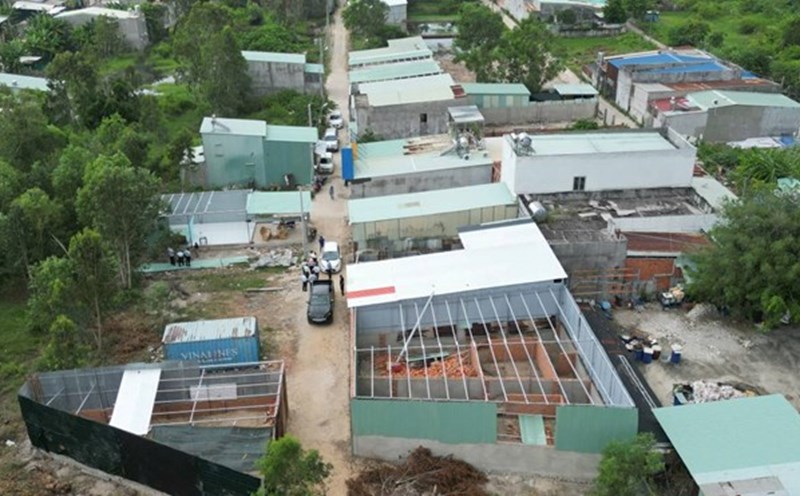On August 19, according to information from Thai Binh Children's Hospital, on the afternoon of August 15, the hospital received a particularly serious case of Methadone poisoning in child patient N.D.H (9 years old, Thuy Anh commune, Hung Yen). This is a very dangerous case because children mistakenly take Methadone, a drug belonging to the opioid group, which has a long-lasting effect and strongly suppresses the central nervous system.
With just a small amount, children can quickly fall into a deep coma, have respiratory failure and die if not detected and treated promptly.
According to relatives, children at home accidentally took Methadone (unknown quantity). Immediately after that, the child experienced drowsiness and fell into a complete coma. At Phuc Son General Hospital in Thuy Anh Commune, Hung Yen Province, the child was determined to have cardiac arrest. Doctors here immediately performed an epidural coronary artery bypass, placing an endotracheal tube to help with breathing.
Determining that this was a case of severe opioid poisoning with a high risk of death, doctors at Phuc Son Hospital contacted the intensive care unit of Thai Binh Children's Hospital by phone, and the child was given a special detox vaccine (Naloxon) before transfer.
The patient was then transferred to the Intensive Care Unit of Thai Binh Children's Hospital for further intensive treatment. When admitted to the hospital, the child was in a very critical condition: deep confusion, a 2mm small co Con each other, impaired perception, cold, moisture, rapid heart rate of 140 times/minute. The emergency team quickly assessed and determined that this was a case of respiratory failure that progressed due to Methadone poisoning.
Doctors immediately started a treatment regimen for intensive opioid poisoning, maintaining ventilation through an endotracheal tube, establishing a vein communication line, and monitoring the vital signs continuously every minute. Because Methadone has a long duration of action, the risk of respiratory failure after detoxification is very high, so the patient is strictly monitored 24/7 right in the emergency room of the resuscitation department, combined with appropriate adjustment of the Naloxon dose.
Doctors also balance the IV to ensure the need for 1,800ml/24 hours and provide enough energy (1,800 kcal/day), while also performing regular phlegm suction to clean the airways and avoid congestion. During the first two days, the treatment team was always ready to respond quickly to any dangerous changes.
Thanks to the close coordination between resuscitation doctors, nurses and technicians, the child's condition gradually improved. The willpower is stable, the whole person responds to the light. By the second day, the child began to open his eyes when called, his perception gradually recovered, and his breathing gradually increased. After assessing the patient's guaranteed respiratory function, the doctors decided to remove the endotracheal tube under absolutely safe conditions and give the child to practice proactive breathing.
On the afternoon of August 19, patient N.D.H fully recovered and was discharged from the hospital in a state of alertness, eating well, living normally, without leaving any neurological or respiratory sequelae.











